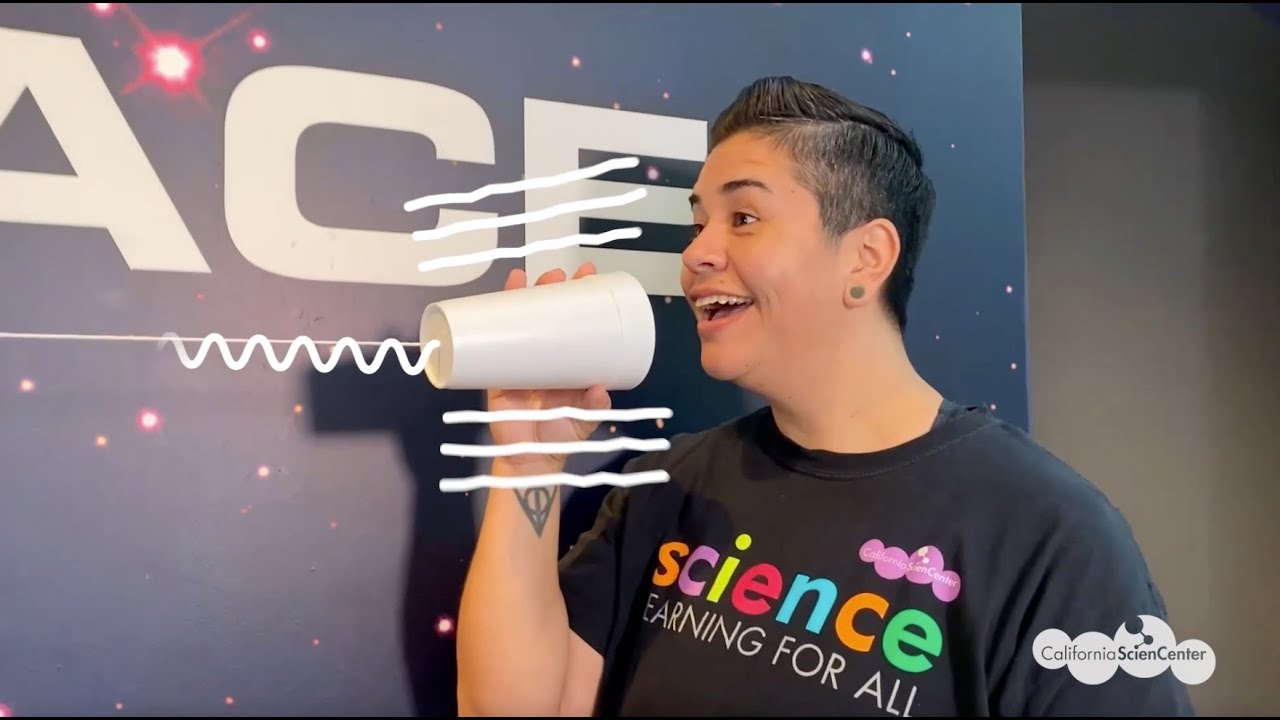- Examine the educational impact of virtual field trips in expanding first graders’ understanding of physical science.
- Highlight key features and educational content showcased in the 1st Grade Physical Science virtual trip offered by the California Science Center.
- Discuss the integration of zoology and physical science principles in the conservation of wildlife, drawing insights from the virtual tour.
- Explore zoo management techniques and how these are exhibited through digital learning tools.
- Emphasize the role of innovative educational technologies in promoting wildlife conservation awareness among young students.
Virtual field trips have become an innovative tool in elementary education, offering students experiences beyond the limits of traditional classrooms. The 1st Grade Physical Science experience offered by the California Science Center is a sterling example of engaging young learners. This digital adventure allows students to explore the wonders of physical science without stepping outside their school or home.
The design of this virtual experience introduces first graders to fundamental concepts in physical science. Interactive modules are crafted to spark curiosity and promote inquiry-based learning, allowing students to observe the principles they are studying. For example, children can see how different animals move, observing friction and forces in action within various habitats. This immersive engagement facilitates a deeper understanding of concepts such as motion, energy, and material properties, foundational to physical science education.
One of the vivid highlights of the virtual trip is the seamless merging of zoology with physical science. Animals in their environments are excellent subjects to study physical forces at play. By watching animals interact with their habitats, students see firsthand how creatures adapt to their environments, which involves principles like gravity and energy conservation. Such experiences not only imprint the core tenets of physical science in learners’ minds but also introduce them to the diverse world of zoology.
Wildlife conservation is seamlessly integrated into the virtual curriculum. Exhibits within the program underline the critical need for conservation efforts. By observing endangered species and learning about the conservation measures in place, students gain an appreciation of biodiversity and the importance of sustaining it. Conservation lessons underscore how physical sciences aid in habitat restoration and the development of technologies that protect species.
Zoo management techniques also feature prominently in this virtual educational journey. Questions are often posed to students, such as how zoo habitats are designed to mimic natural environments. These queries encourage critical thinking and understanding of the complexities behind managing a zoo. Observing digital exhibits of animal care, enclosure design, and feeding programs gives students a glimpse into the multifaceted operations required to maintain healthy animal populations.
The role of technology in such educational settings cannot be overstated. The California Science Center’s virtual field trip integrates videos, animations, and quizzes that provide an engaging learning environment. By making complex scientific ideas accessible and entertaining, the Center fosters a positive learning experience that underscores the significance of wildlife conservation to first graders. This approach not only educates young minds about the importance of zoology and physical science but also instills a sense of responsibility and curiosity towards wildlife and environmental stewardship.
Students participating in this innovative program come away with a richer understanding of how physical science underlies the functioning of both natural and artificial environments. This digital platform also encourages them to think about their role in conservation and the protection of the planet’s myriad species. Such experiences are invaluable in nurturing the next generation of scientists and conservationists who will continue these critical endeavors.
*****
Source Description
Join our educators as they work together to solve a tough communication problem using sound.
0:00 Introduction
0:50 Question of the Day
1:20 Buzzword
2:03 Let’s Explore Sounds & Vibrations
12:06 Science Talk
15:33 Let’s Play!
21:25 Summary
Funding provided by the special interest license plate featuring the image of Snoopy, with permission and support from Peanuts Worldwide (Section 5169 of the Vehicle Code) for the Museum Grant Program under the California Cultural and Historical Endowment.


